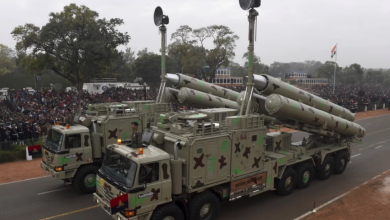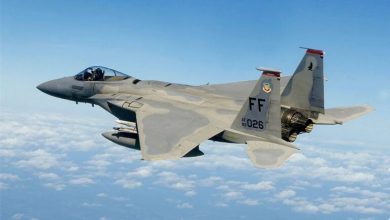“Erdogan’s diplomacy makes Türkiye indispensable on int’l arena”

Ukraine conflict has highlighted repositioning of Turkish foreign policy lauded in the East, West, and Arab world, says article by French daily
As diplomatic efforts by Türkiye’s President Recep Tayyip Erdogan to settle crises intensify, Turkish diplomacy’s recent successes have received media coverage in France.
The French daily Le Figaro, in an article on how has Erdogan’s diplomacy bring Türkiye to an indispensable position on the international stage, said: “This real diplomatic success reveals a very active, and above all a more peaceful Turkish foreign policy which has the sixth-largest network of embassies globally.”
Erdogan is positioning Türkiye as a “central platform between the West and Russia, particularly in terms of gas,” because it does not impose any of the economic sanctions imposed by Ukraine’s allies, it added.
Referring to Türkiye’s role in resolving issues that emerged due to the ongoing Russia-Ukraine war, it said: “The Ukraine conflict has highlighted repositioning of Turkish foreign policy lauded in the East, West, and Arab world.”
It also noted: “Today, Erdogan presents himself as a peacemaker and a person who establishes dialogue with everyone.”
The agreement on the resumption of Ukrainian grain exports was Türkiye’s success, the article noted.
The article also drew attention to Erdogan as being an exceptional leader who shakes hands with both Ukrainian President Volodymyr Zelensky and Russian President Vladimir Putin.
Türkiye, the UN, Russia, and Ukraine signed a deal last month to resume grain exports from the Ukrainian Black Sea ports which were halted due to the Russia-Ukraine war, now in its sixth month.
A Joint Coordination Center, with officials from the three countries and the UN, has been set up in Istanbul to oversee the shipments.
– ‘Türkiye has become a virtuoso of multipolarity’
Former French Ambassador Jean de Gliniasty, a senior research fellow at the think tank IRIS, also said Türkiye, along with being a part of the Western bloc, also diversifies its alliances. The Turkish government is in constant dialogue even in cases that are against its own interests.
“It has achieved dominance through a balance of power it carries out. It’s now necessary and praised by all. Turkey has become a virtuoso of multipolarity,” Gliniasty said.
Dorothee Schmid, an expert on the Mediterranean and Türkiye at the French Institute of International Relations, said: “This new policy is based on an impressive economic, military, and diplomatic repositioning, better able to take on its responsibilities than in the past, and willing to play a less adventurous role as a mediator and peacemaker.”
Also, Igor Delanoe, the deputy head of the French-Russian Analytical Center Observo, noted that Erdogan has the capacity to handle sensitive issues separately, unlike Europeans who completely rely on the Ukraine crisis in their relations with Putin to the Ukraine file.
Touching on Türkiye’s normalization efforts with its neighbors and regional countries, it said Türkiye’s “total normalization diplomacy bore fruit.”
With Erdogan’s initiative regarding the normalization process of Türkiye and Armenia, it further said the two countries, with their mutual borders closed for nearly 30 years, have taken steps towards normalization in recent months.
“The embargo on Turkish products on the Armenian side has been lifted and special envoys were appointed for new dialogue,” it stressed.
Calling Türkiye’s efforts for normalization with Arab countries as a success, it said Türkiye has become an indispensable and often negotiable country when it comes to Iran, Libya, Syria, or Ukraine.





